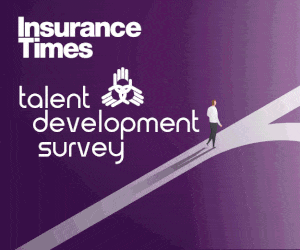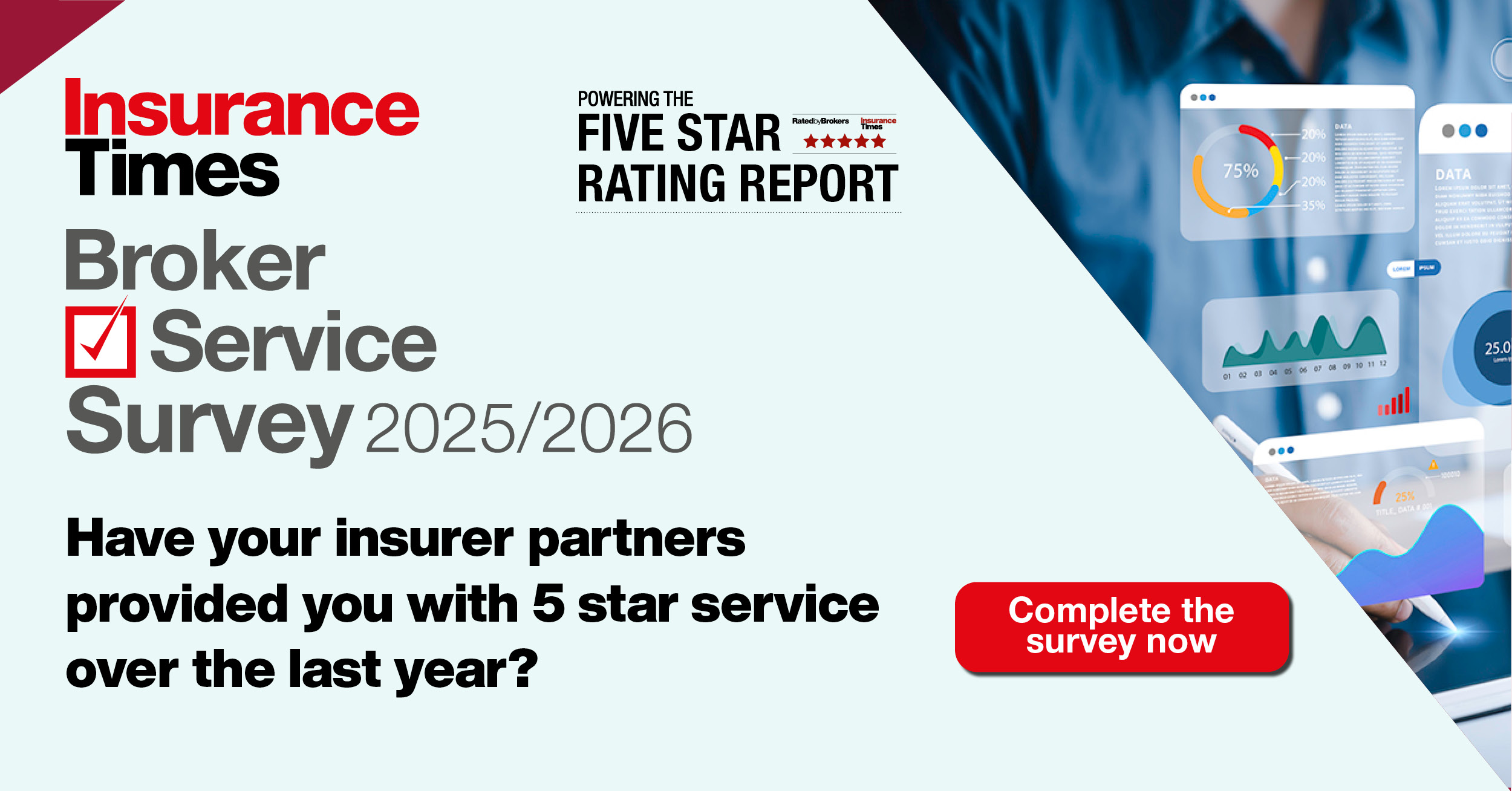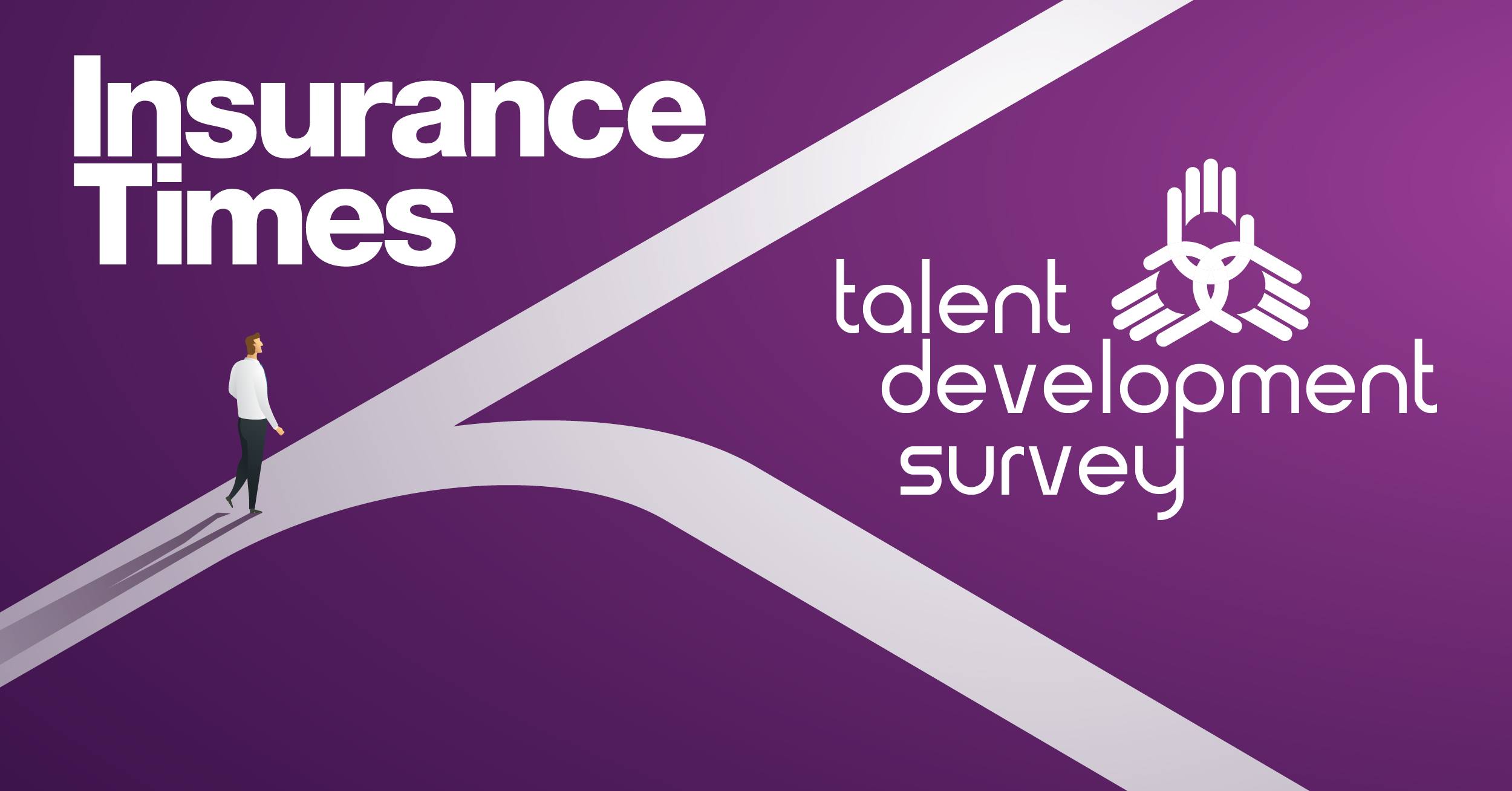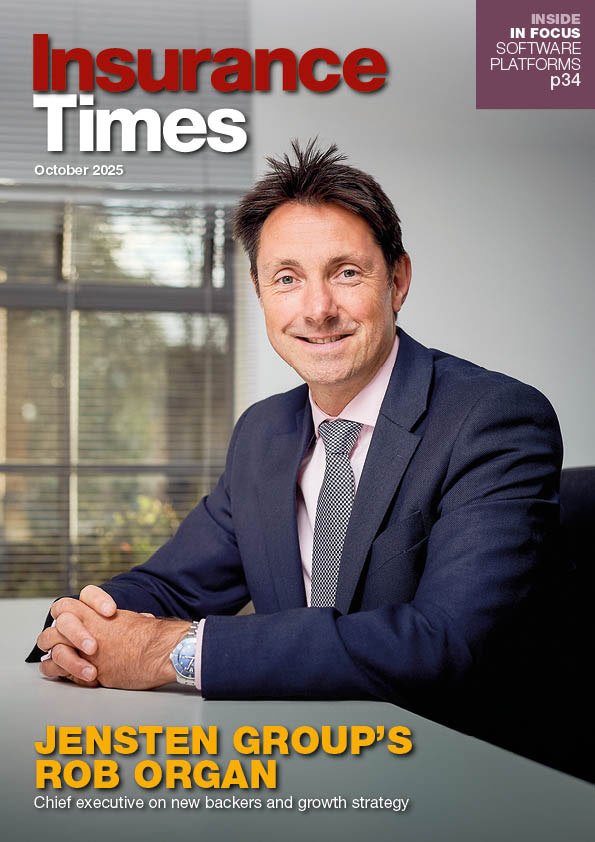However, a higher mean gender pay gap indicates that the CII’s ‘data is skewed’, according to HR director
The Chartered Insurance Institute (CII) has reported declines in its median gender and ethnicity pay gaps for 2022 – however, its chief executive has warned that there is still “more to be done”.
The professional body’s median gender pay gap – relating to the difference between male and female employees’ hourly pay - stood at 9.31% for 2022, in favour of male staff. This is the lowest recorded figure for this metric since the organisation began reporting this data in 2019.
On the flip side, however, its mean gender pay gap has worsened between 2021 and 2022, indicating that male employees at the CII are paid 21.19% more than female staff. The CII attributed this to the fact that fewer males are employed in lower and middle quartile pay roles.
Despite the change in the CII’s mean gender pay gap, 2022’s figure is still lower than the 28% differential it recorded back in 2017.
In terms of its median ethnicity pay gap – a figure which the CII is reporting for the first time this year - the CII has seen this improve from 14.1% in 2021 to 9.9% this year.
Commenting on this data, Caren Thomas, human resources director at the CII Group, said: “[While] there is a positive trend in the form of a narrowing gender pay gap at the median, the mean gender pay gap has widened. The variance between the mean and median hourly pay rate gaps indicates that our data is skewed.
Read: ‘Diversity is hard’ – where are broking’s senior female leaders?
Read: Briefing - Bringing the baby to the boardroom is ‘nothing but a normal Tuesday’
Explore more news analysis content here, or read up on diversity and inclusion here.
“We had an equal number of female and male employees on our executive leadership team in April 2022. More roles on the senior leadership team were occupied by males, with females occupying a higher proportion of our entry level and coordinator roles.
“As a result, the proportion of male employees increases as we head from the lower middle towards the highest pay quartile and the proportion of female employees decreases.”
Mean and median data on the CII Group’s pension gap shows an increase in 2022 compared to 2021.
The mean pension gap – depicting the difference between male and female employees’ pension pots – indicates that men working at the CII have 13.46% more retirement savings than their female counterparts in 2022. This compares to a 7.35% differential last year.
Ethnicity pay differences
The CII’s mean ethnicity pay gap, meanwhile, has nearly halved year-on-year, falling to 13.1% in 2022.
Thomas continued: “We were pleased to see a further narrowing of our ethnicity pay gap at both the mean and median.
“However, we remain mindful that the majority of our ethnic minority employees are concentrated in the lower to lower middle pay quartiles, with just 19% in the upper pay quartile.
“Improving ethnic diversity at senior levels within our organisation remains an important objective of the CII Group.”
Read: QBE vows to ‘do more’ after publishing first UK ethnicity pay gap report
Read: Zurich UK’s 2021 ethnicity pay gap data signals ‘more work to do’
Explore more news content here, or read up on diversity and inclusion here.
The organisation’s gender pay gap data is based on 203 individuals employed by the CII Group in April 2022, while the ethnicity pay gap data reflects information provided by 177 individuals in April 2022. It published these figures on 30 November 2022.
Improving diversity
Alan Vallance, chief executive of the CII, said that while progress was being made overall, the organisation was determined to go further.
“We choose to publish this data despite our headcount being below the required reporting threshold [of 250] because we believe it’s the right thing to do,” he added.
“It is reassuring to see further improvement in these latest figures, while recognising that small changes in our employee composition can make a significant difference to these important measures, which we must bear in mind when making historical comparisons.
“There is clearly more to be done and we will continue to take positive action in collaboration with other organisations to improve diversity across our sector.”



















































No comments yet